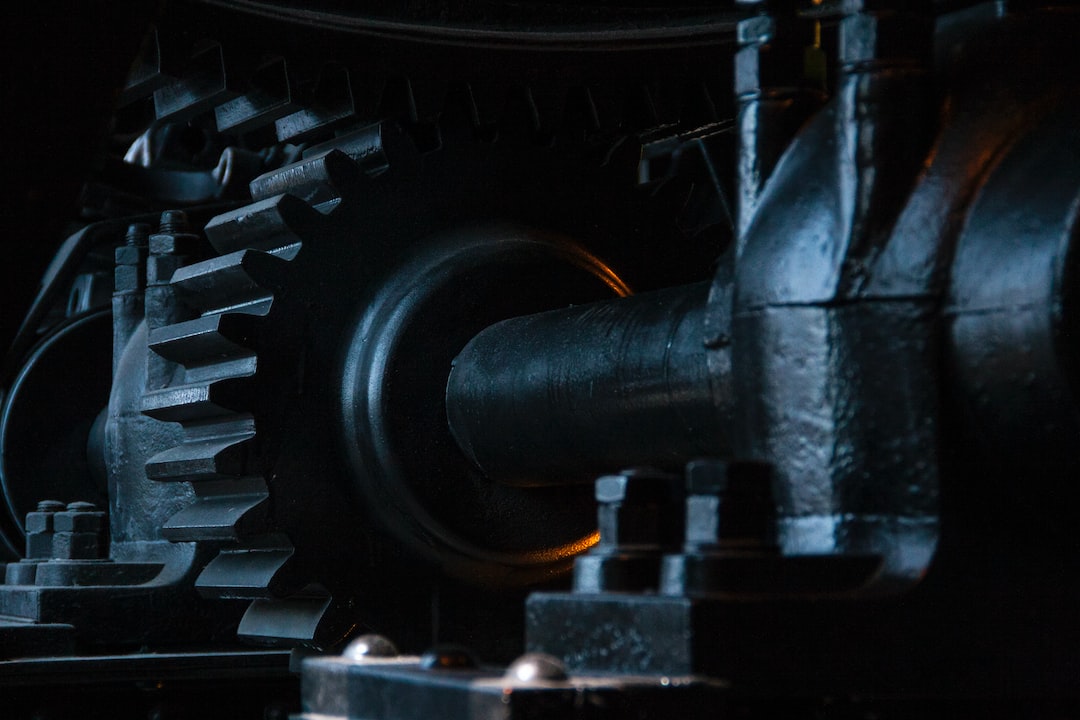In recent years, there has been a progressive integration of robotics and automation into various industries across the globe. From manufacturing plants to healthcare, education, entertainment, and even the military, the rise of robotics and automation has been nothing short of transformative. Their ability to perform repetitive tasks with precision, speed, and accuracy has made them an invaluable asset to many industries. However, what does this mean for engineering, and how will it shape the future of the profession?
Engineering is an ever-evolving field that has always been at the forefront of technological advancement. In recent decades, the profession has become increasingly reliant on computer systems to design, simulate and create prototypes. However, in the past few years, there has been a rise in the adoption of robotics and automation systems in the field of engineering, revolutionizing the way engineers work.
One of the key benefits of robotics and automation in engineering is the ability to carry out dangerous and hazardous tasks without putting human lives in danger. For example, in the mining industry, robotics and automation systems are now commonly used to carry out tasks such as rock drilling, blasting, and excavation, which are hazardous and require specialized skills. By using robots, engineers can ensure that these tasks are carried out safely and efficiently, improving safety in the workplace.
Another benefit of robotics and automation in engineering is the ability to produce precise, high-quality products, reducing the risk of errors and rework. In industries such as aerospace and automotive, robots are used extensively in the manufacturing process, ensuring that components are produced to exact specifications, resulting in a more efficient and streamlined manufacturing process. This is particularly important in high volume production lines, where errors can be costly and time-consuming.
In addition to improving safety and quality, robotics and automation are also helping to increase productivity. By automating repetitive and mundane tasks, engineers can spend more time on tasks that require critical thinking and problem-solving skills, improving productivity and efficiency. For example, automated systems are now commonly used in material handling, assembly, and product inspection tasks, freeing up engineers to focus on improving processes, designing new products, and finding innovative solutions to complex problems.
As robotics and automation continue to evolve, the field of engineering will continue to change and adapt. Engineers will need to embrace new technologies and develop new skills to keep pace with these advancements. This means that engineers will need to become experts in areas such as artificial intelligence, machine learning, and data analytics to leverage the full potential of robotics and automation in the future.
In conclusion, the future of engineering is entwined with robotics and automation. These technologies are already transforming the way engineering tasks are carried out, improving safety, quality, and productivity. As these technologies continue to evolve, engineers must be prepared to adapt and learn new skills to stay ahead in an ever-changing and competitive field. It’s an exciting time to be an engineer, and those who embrace technology stand to benefit the most.

